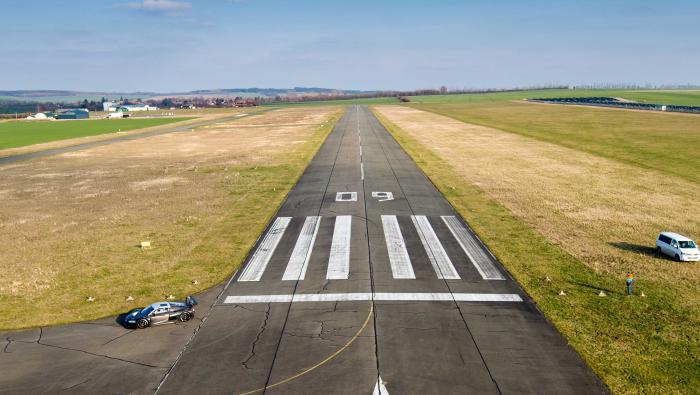The NTSB concluded that the forced landing of a University of North Dakota Citation 550 research jet on Sept. 30, 2005, in Fort Yukon, Alaska, was caused by the pilot’s “improper use of anti-icing,” which resulted in ice ingestion into both engines and the complete loss of power. No one was seriously injured. The Safety Board also cited “inadequate crew resource management” and “failure to use a checklist.” The captain said that after about an inch of ice had built up on the leading edges of the wings he activated the boots, shedding the ice. About four minutes later both engines quit. A researcher onboard took photographs that showed that ice remained on the inboard, anti-ice part, directly in front of the engine inlets. The flight crew said they could not remember if the anti-ice system was turned on and that they did not discuss its use, or use a checklist about its use. The airplane’s flight manual says, “Failure to switch on anti-ice before ice accumulation has begun may result in engine damage due to ice ingestion.”







